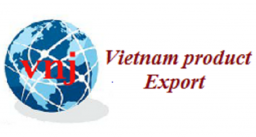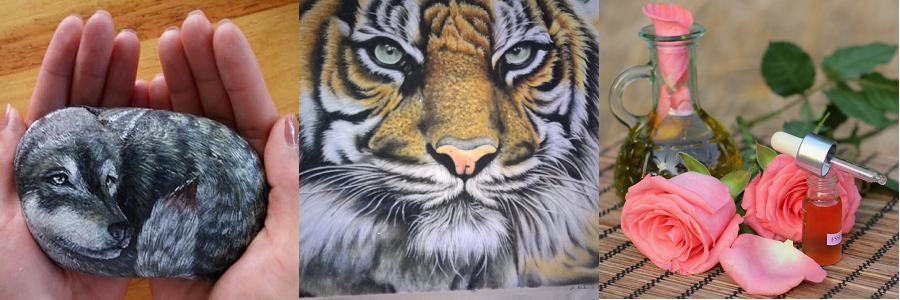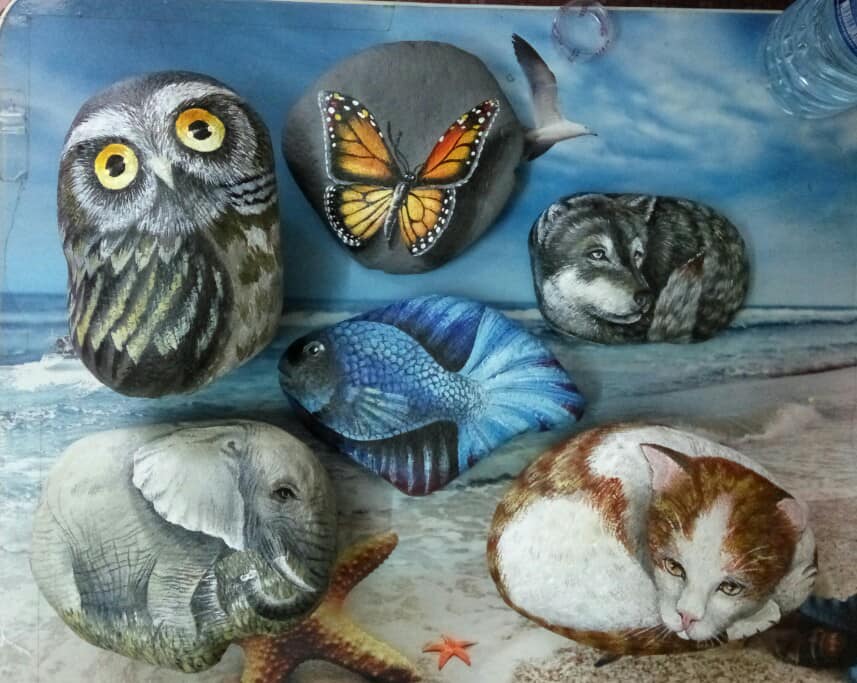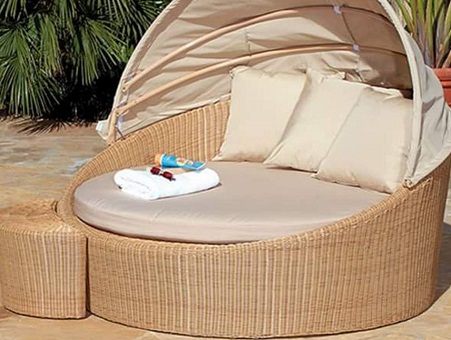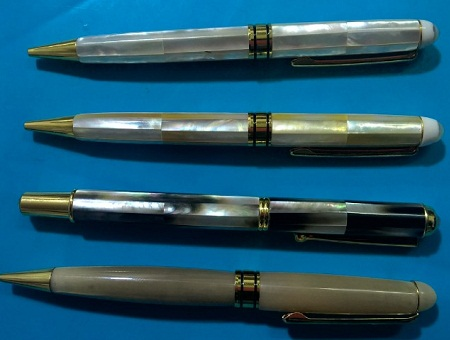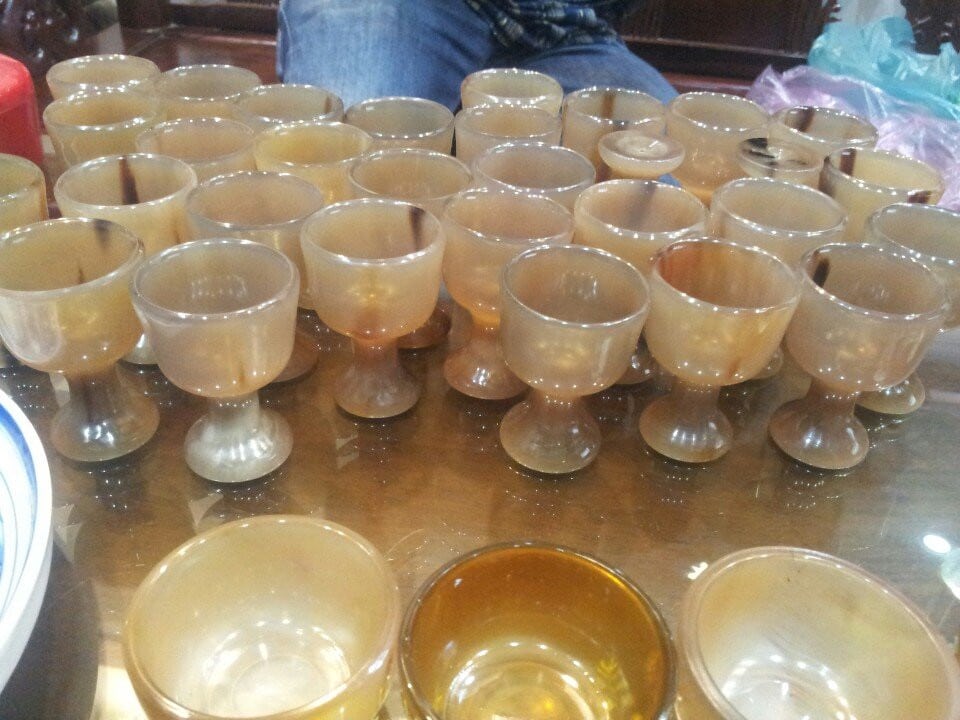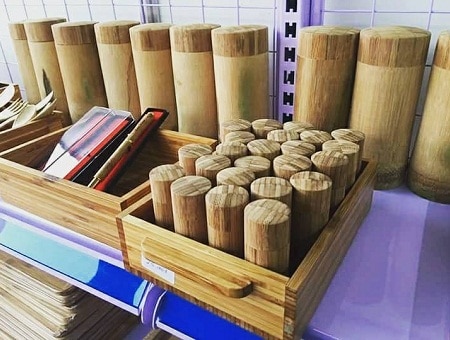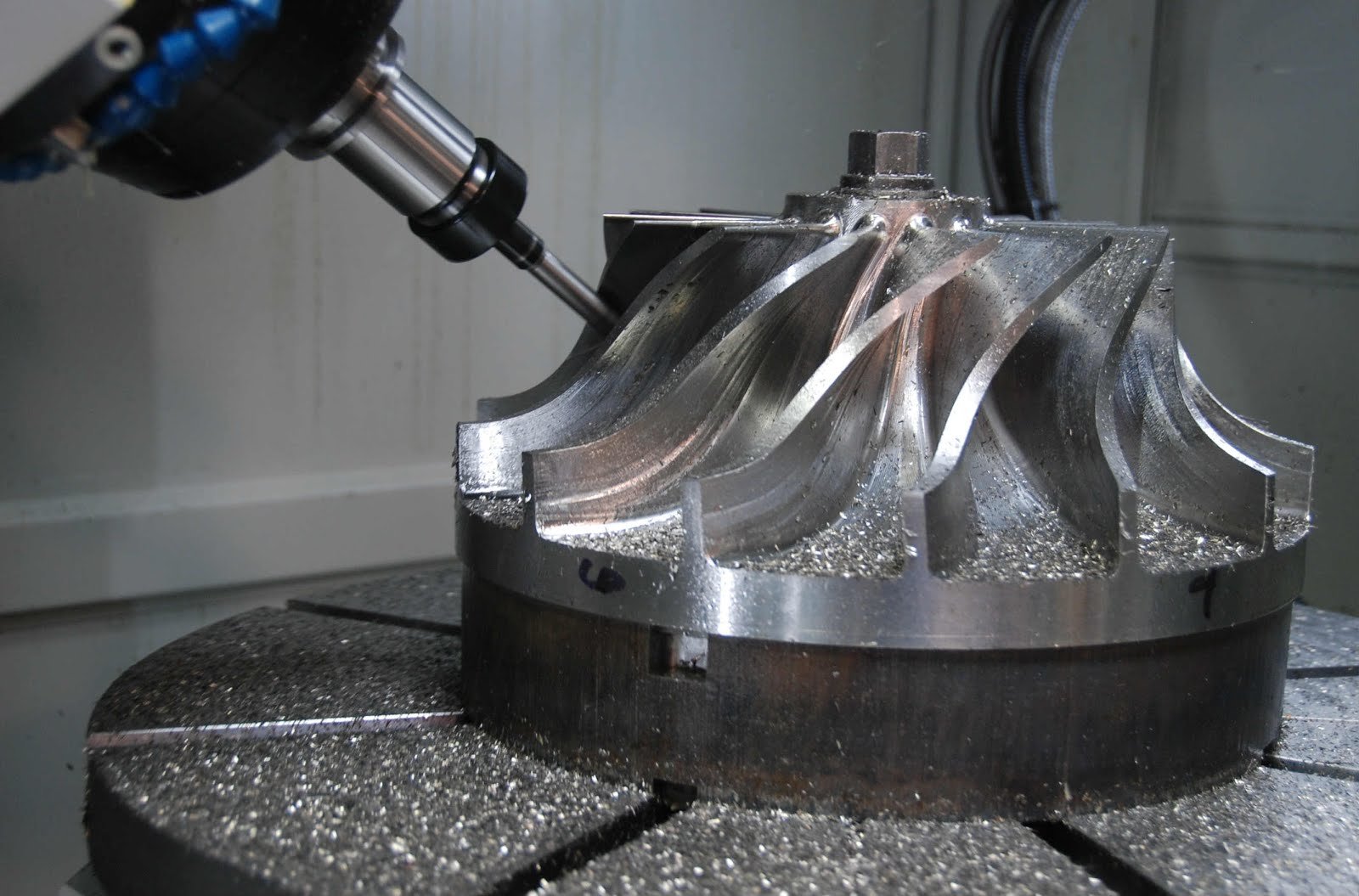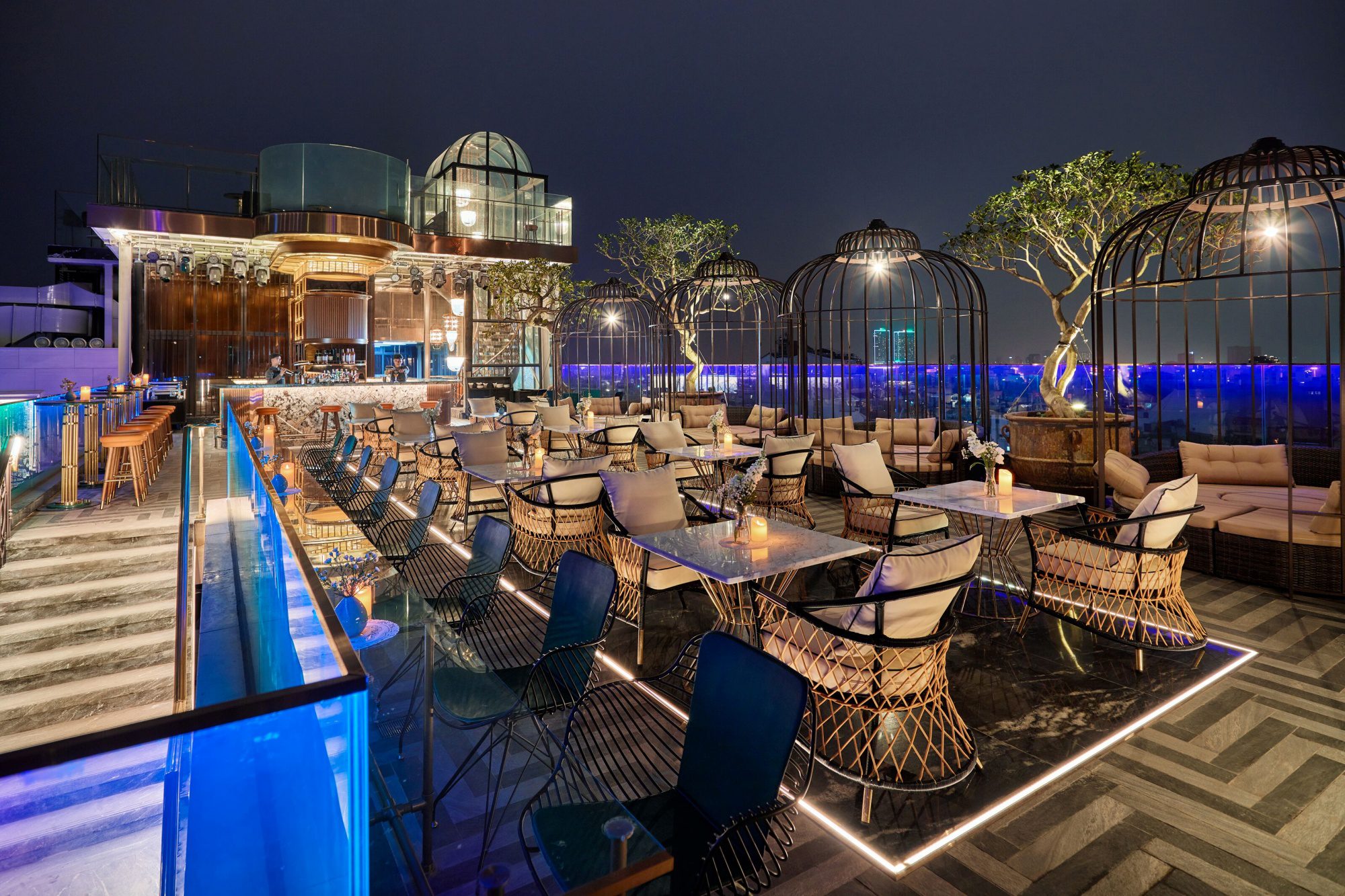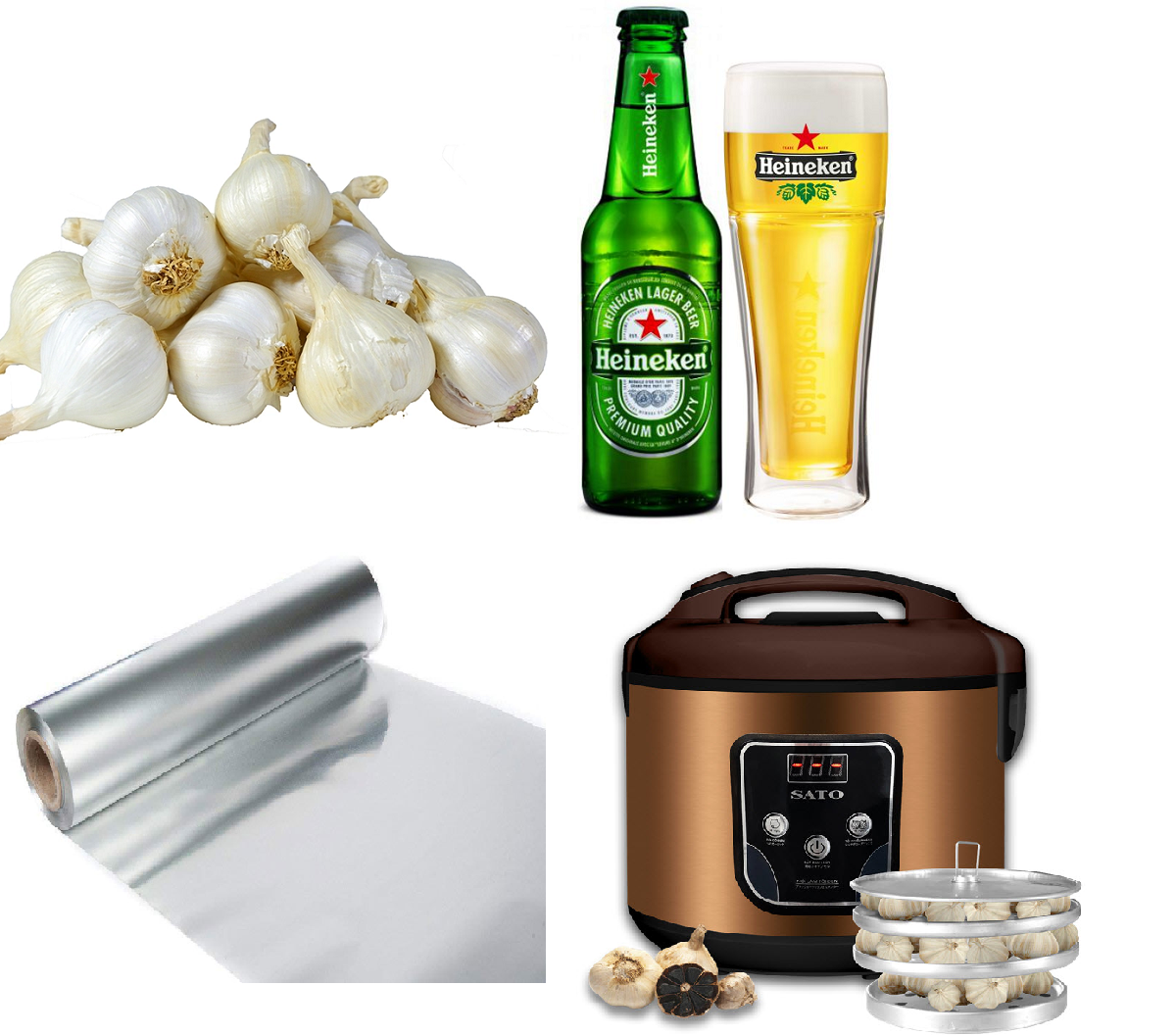Vietnam rattan furniture – Potential and reality
Vietnam’s rattan furniture is one of the handicraft industry having the advantage of materials and labor to develop bamboo and rattan products. However, the current market share of bamboo and rattan Vietnam on the world market is very small.
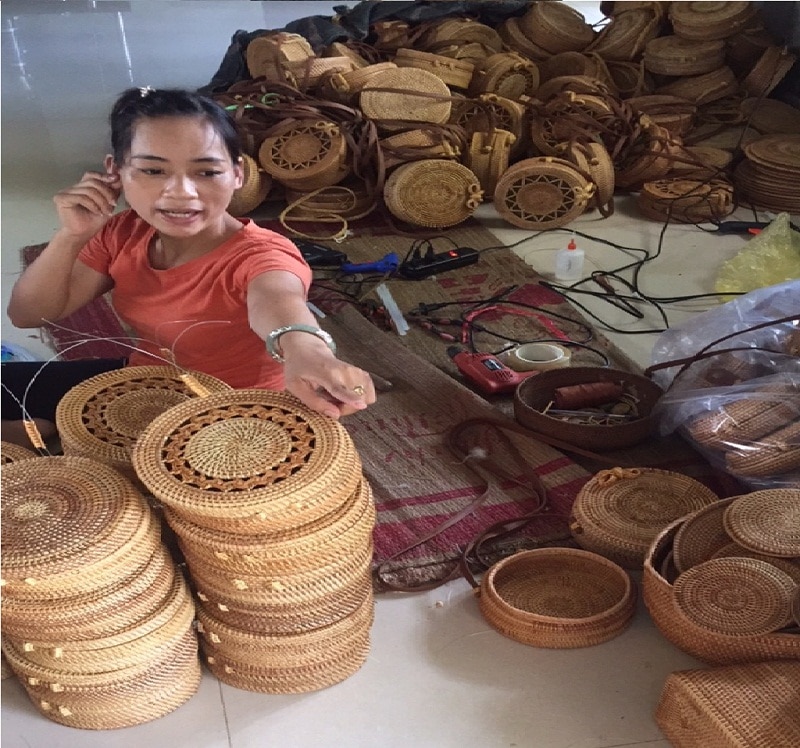
Vietnam rattan furniture – Potential and reality
Vietnam rattan furniture accounts for 3.73% of the world market share
Bamboo and rattan products produced in Vietnam are scattered throughout the country. The number of bamboo and rattan craft villages accounts for about 24% of the total number over 5000 of craft villages. The northern and central regions focus on rattan and bamboo products and sedges, while the South West region concentrates on many kinds of water hyacinths and leaves. This sector not only contributes to the export value but also contributes to the employment of many rural workers and ethnic minorities.
According to data from General Department of Vietnam Customs, Vietnamese bamboo and rattan products have been exported to 130 countries and territories with an average export turnover of over US $ 200 million / year, accounting for 14% of the total national turnover. . Of which HS 460219 (bamboo, wicker and other items made directly from plants), HS 940389 (furniture made of bamboo and rattan) occupy the most in this export turnover.
However, according to statistics of Trademap (database system updated about the trade of countries), the market share of bamboo and rattan Vietnam on the world market is about 3.73%. Among them, the main market of Vietnam’s rattan and bamboo is the US which accounts for 20%, Japan accounts for 16% of total export value.
But the opportunity to develop new markets for bamboo rattan Vietnam in the coming time is very positive. Some of the emerging markets such as China, Spain, Russia, Australia … are importing many kinds of bamboo and rattan products from Vietnam. In particular, Spain’s imports of rattan and bamboo products in Vietnam increased by an average of 13.2% a year, China’s average increase of 40% a year.
Challenge from integration for Vietnam rattan furniture
Just like other commodity lines, when FTAs are signed, tariff barriers are removed, tariffs are zero, this is an opportunity but also a challenge. Bamboo and rattan products are required to improve the quality of products. In particular, it must meet the technical barriers of quality that countries set up.
For example, to reach the EU market, Vietnamese bamboo and rattan exporters have to meet strict requirements on rules of origin, standards under the REACH Chemicals Act. This law applies in 27 EU countries, with the aim of ensuring the health and safety of people and the environment by applying methods of assessing the hazards of substances used in the product.
However, most of the bamboo and rattan businesses are still small scale. Over 80% of production units do not have enough capital to renovate technology, expand production scale. Most of them use outdated technology, equipment, labor productivity and low product quality. Moreover, the product lacks variety of models, limiting the competitiveness both in the domestic market and export.
Therefore, experts said that in order to develop bamboo and rattan industry in a sustainable manner, it is necessary to have close cooperation between craft villages, people, enterprises and state agencies in order to set up to synchronously plan raw material areas, build centers for processing and preserving raw materials and renovating product designs.
Representatives from the Department of Agro-Forestry-Fishery Product Processing and Salt Industry (MARD) affirmed that if we have a reasonable strategy and product structure, we can achieve 8-10% of the world market and industry. Rattan processing can reach $ 1 billion in the future. In particular, Vietnam needs to focus on bamboo products to replace the wood in furniture production – the item is increasingly popular, because of its durability does not lose wood, but the price is much cheaper. . But in the global market, new bamboo furniture products account for 3% of the furniture market.
VNJ Vietnam trading and mission
We are a trading company and service in the handicraft industry. Assess the potential and trend of industry development with the desire to contribute to promote the production of handicrafts in Vietnam. We stand out as intermediate companies, do the foundation of craft villages with global trade enterprises. Hope to promote the general trade, to develop the local economy village.
Please visit here to see the handicraft products from rattan and bamboo Vietnam.
Also please contact us.
Best regard.
VNJ officer
